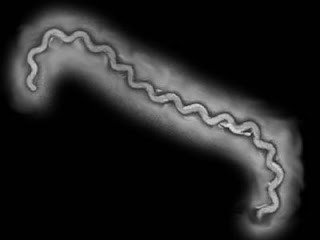Posts Tagged: lepto in dogs
Leptospirosis: Is Your Dog Protected?
LEPTOSPIROSIS: What is it?
Leptospirosis (lepto) is a disease caused by a spiral shaped bacteria. Both humans and animals can be infected with the bacteria. It is most commonly contracted by drinking contaminated water, including rivers, streams, and even puddles. The number of canine lepto cases has dramatically risen in recent years. Today, it is considered the number one infectious cause of acute kidney failure in dogs.
What animals get leptospirosis?
Lepto does not discriminate. It has been diagnosed in all types of dogs and all breeds and sizes are at risk. Common carriers include raccoons, skunks, squirrels, opossums, rats and livestock.
How can my pet get leptospirosis?
Leptospirosis is spread through the urine of infected animals, which gets into water or soil and can survive for weeks to months. Animals become infected when they come in direct contact with the contaminated areas. The bacteria enters through cuts in the skin, through eyes, nose or mouth, as well through ingestion of contaminated water or soil (eat or drink it). The bacteria can also be inhaled.
How does leptospirosis affect my animal?
In dogs, leptospirosis can cause fever, vomiting, diarrhea, decreased appetite, weakness, stiffness, and muscle pain. Each patient is different when it comes to leptospirosis. Some have very few signs and others become very sick. Kidney and liver damage can also occur from this disease. As mentioned before, it is the number one infectious cause of acute kidney failure in dogs. In general, young animals tend to be severely affected then older animals.
Can humans get leptospirosis?
YES! Humans can become infected with leptospirosis in ways similar to animals. In addition to touching, inhaling or ingesting contaminated water or soil, humans can also get leptospirosis by coming in contact with infected urine from animals (including dogs).
*** In a recent research study, leptospirosis was found to be one of the top diseases spread from pets to people (this is called a zoonotic disease).
How do I protect my pet and myself from leptospirosis?
Avoiding contact with contaminated areas is one main way to prevent disease, but far too often we cannot know when an area is contaminated. Discourage your dog from drinking from standing water.
Vaccination is one of the best ways we can help prevent disease. The vaccine protects dogs from the 4 most common serovars (types) of leptospriosis. It is a series of 2 vaccines (3 weeks apart) for the first year, then annually after that. This is one of the best ways to protect you and your pet from this nasty disease!


